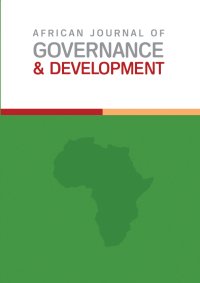Management of Edible Stinkbugs (Encosternum delegorguei) in Bikita District, Zimbabwe
Main Article Content
Abstract
Forest products resources in most communal areas of developing countries are common property resources. Forests are important for the exploitation of timber and non-timber forest products such as industrial wood, fuel wood, grass, fibre, medicinal herbs and roots, harvesting of fauna associated with forests such as caterpillars, locusts, bees (honey) and animal habitats. The management of these forest resources at the community level appears to be done at best through communal system. Community-based natural resource management is a potential solution to the inter-related problems of poverty alleviation if it is based on sound management principles that incorporate transparency, efficiency, accountability and democracy. This paper explores the management of edible stinkbugs (Encosternum delegorguei) in the Jiri Forest of Bikita district in Zimbabwe. Research findings reveal that traditional institutional arrangements composed of chiefs, headmen, village heads and villagers that have been in place for a long time are coherent and have been able to withstand pressures on forest degradation
Article Details

This work is licensed under a Creative Commons Attribution-NonCommercial-NoDerivatives 4.0 International License.
